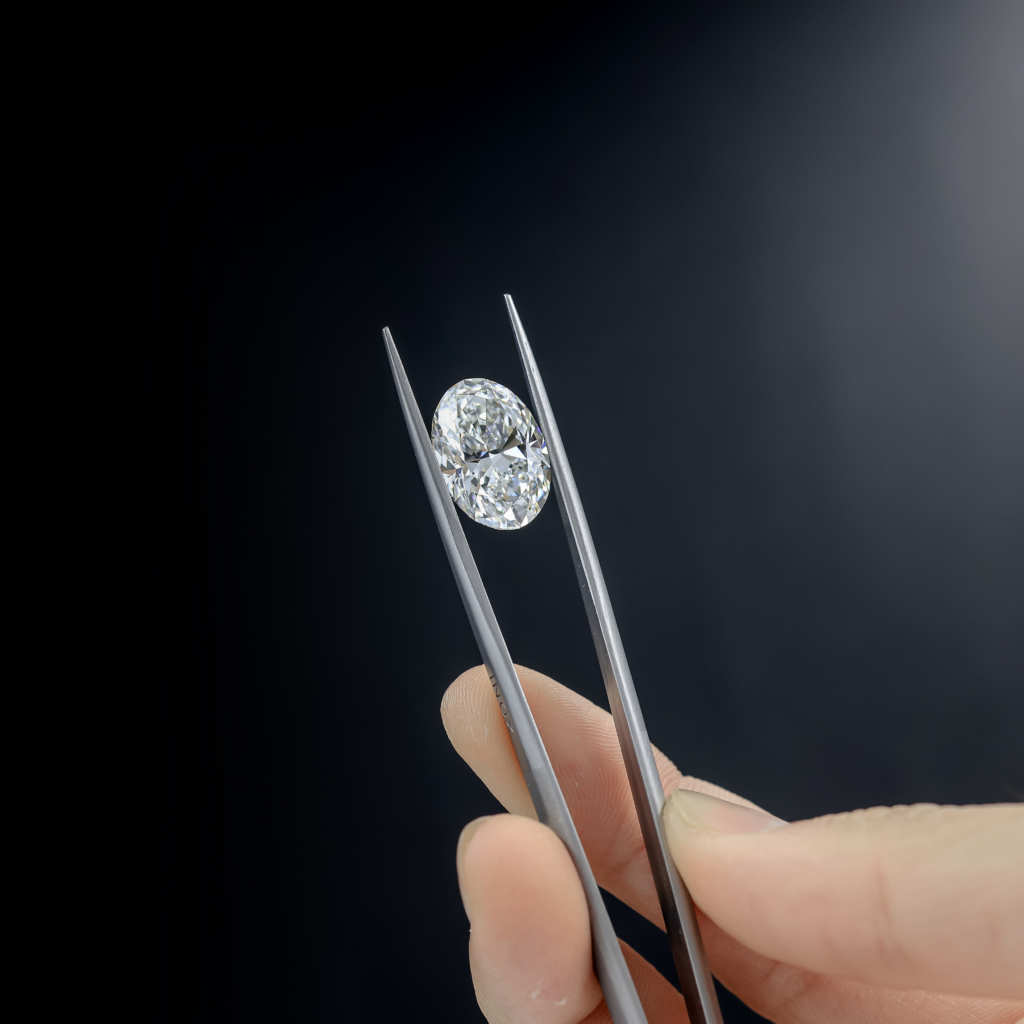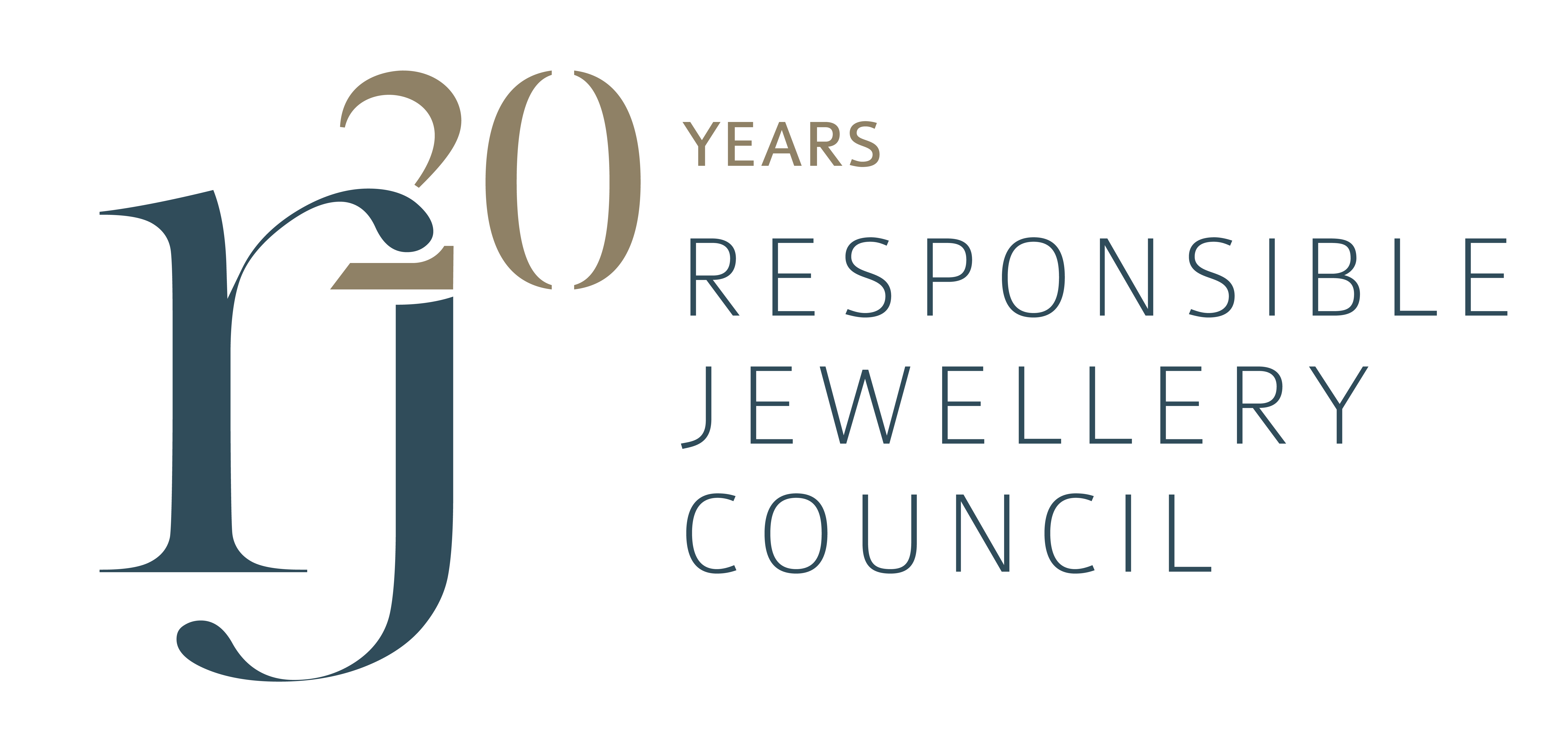G7 DIAMOND import restrictions
Providing guidance for our members

g7 diamond import restrictions
Support for our members
On the 1st March 2024, the G7 Russian diamond import restrictions came into effect. To help you through this transition, we have created a guidance document for our members to support you in the implementation of the G7 requirements.
We are pleased to issue guidance detailing the most relevant Code of Practices (COP) provisions that members should consider in relation to the requirements. The document includes background information, implementation time-frame, a summary of current requirements, COP member guidance, and FAQs.
FAQs
A number of G7 countries have released guidelines regarding existing stock prior to the dates of the import restrictions; so far this includes the UK, Canada, EU and USA. Further information on each country’s rules regarding pre-existing stock can be found in the RJC Guidance on G7 Russian Diamond Import Restrictions.
Members should review the requirements given by the relevant G7 countries. The USA is the only G7 country so far to provide a statement for companies to use. Where a statement (attestation) is required, it must state clearly that the diamonds (over 0.5 carat) are not of Russian origin. Evidence may need to be provided to support this statement.
Members should review the requirements given by the relevant G7 countries as to whether evidence is required, and if so, what evidence is acceptable. Depending on the requirements, evidence may be requested to support the statement (attestation) from suppliers claiming the diamonds are not of Russian origin. An example of evidence may include, but is not limited to, the original Kimberley Process Certificate (KPC) (single or mixed origin) issued when shipped from the diamond’s country of origin, an invoice, a certificate of origin issued by a chamber of commerce or a diamond origin report.
If a member makes a claim about the provenance of their diamonds, whether single source or list of sources to support compliance with G7 country requirements restricting the import of Russian diamonds, these are eligible as a Provenance Claim under COP 14. Members will need to ensure they have a system in place to support any such claim.
All provenance claims will be subject to verification during the member’s next RJC audit of COP 14. If their next audit deadline is more than 12 months away, this shall be verified as part of a Provenance Claim bolt on audit as soon as reasonably practical.
For members where the G7 import restrictions are a legal requirement, claims that are covered by the legislation (e.g. stating the diamonds are not of Russian origin), are not eligible provenance claims under COP 14 as they are already audited under compliance with COP 1 (Legal Compliance). However, claims stating the origin or source of the diamond (e.g. stating that diamonds are of X country origin), are eligible to be audited under COP 14 for all members.
However, RJC will release a G7 Provenance Claim Derogation to COP Guidance. The derogation will allow members who would like any claims in relation to the G7 import restrictions that are legally required and therefore usually fall under the scope of COP 1 (as outlined above) to be audited and certified as a Provenance Claim under COP 14, and therefore appear on their certificate.
A derogation is a document that defines the wording and conditions under which exceptions or deviations from regular assurance audit procedures, standard requirements, or timelines are allowed.
The RJC defines the origin of diamonds as the mine, company, region or geographical location where the mine is located, whether an artisanal and small-scale mine or a medium or large-scale one. The origin of recycled material is the point at which it re-enters the jewellery supply chain.
Canada, France, Germany, Italy, Japan, the United Kingdom and the United States; additionally, the European Union (EU) is a “non-enumerated member”.
For all G7 Countries, a ban on jewellery only applies to direct imports from Russia, effective 1st January 2024. Jewellery that has been processed in a third country, incorporating diamonds originating in Russia or exported from Russia is not currently in scope (the EU has postponed their scope expansion to 1st March 2025). For the USA, self-certification, through a prescribed declaration for diamond jewellery, stating that it is not exported from Russia is now required.
Under COP 1 Legal Compliance, members are required to review applicable law in the jurisdictions where their businesses legally operate, and the requirements in which they must adhere to.
At this current time, the EU is the only G7 member to have expanded the scope to lab-grown diamonds that have been processed in a third country with a weight equal to or above 0.5 carats or 0.1 grams per diamond.
Some G7 countries have import restrictions on lab-grown diamonds being imported directly from Russia, please check your country specific restrictions for more information.
what we do
The jewellery and watch industry has a larger ambition to contribute to a better, fairer world. RJC’s standards are at the heart of that change
RJC’s standards enable companies, from mining to retail, to integrate responsible business practices into their management systems and daily operations. There are two standards available to RJC members: RJC Code of Practices (COP) and RJC Chain of Custody (COC). Through the implementation of the Code of Practices, members contribute towards the United Nations 2030 agenda and the 17 Sustainable Development Goals.

